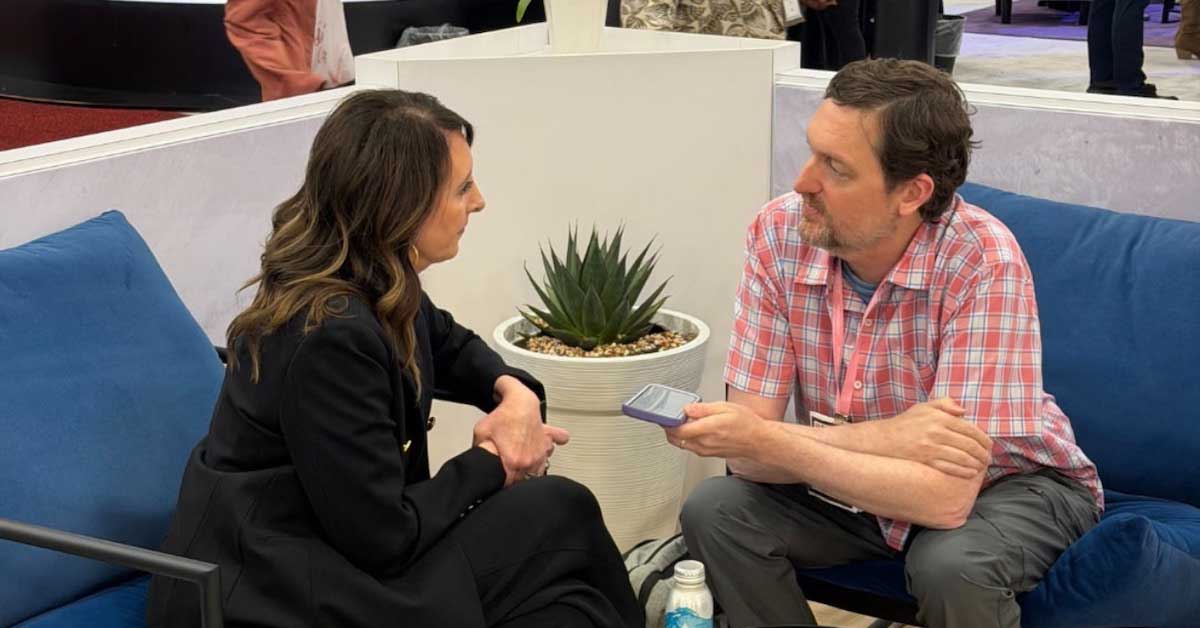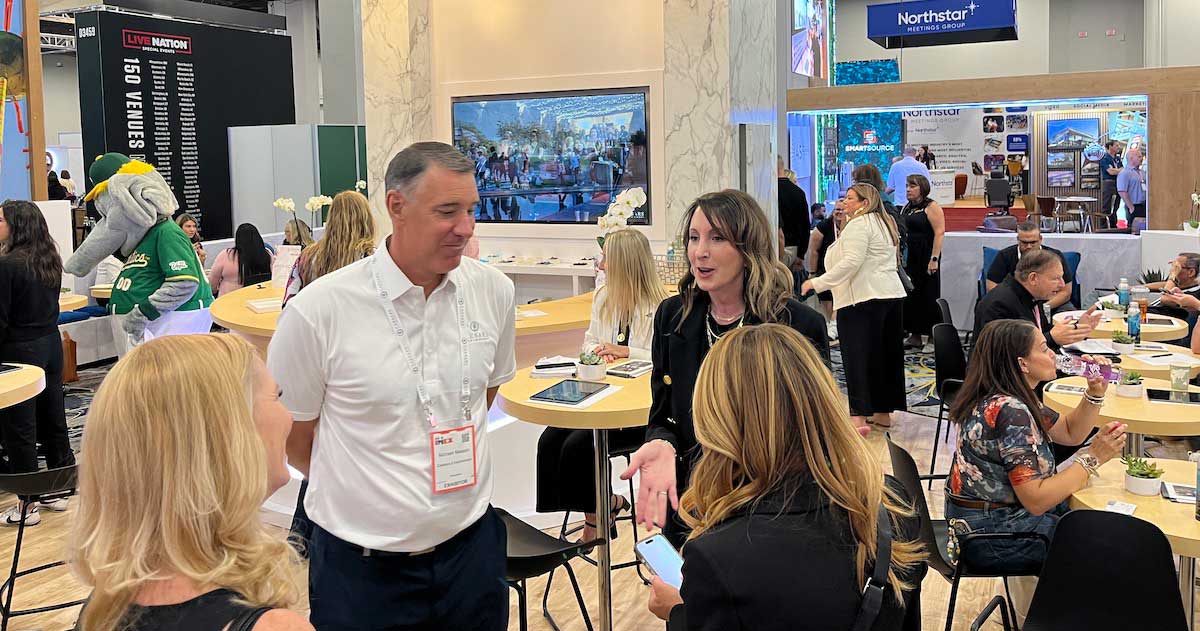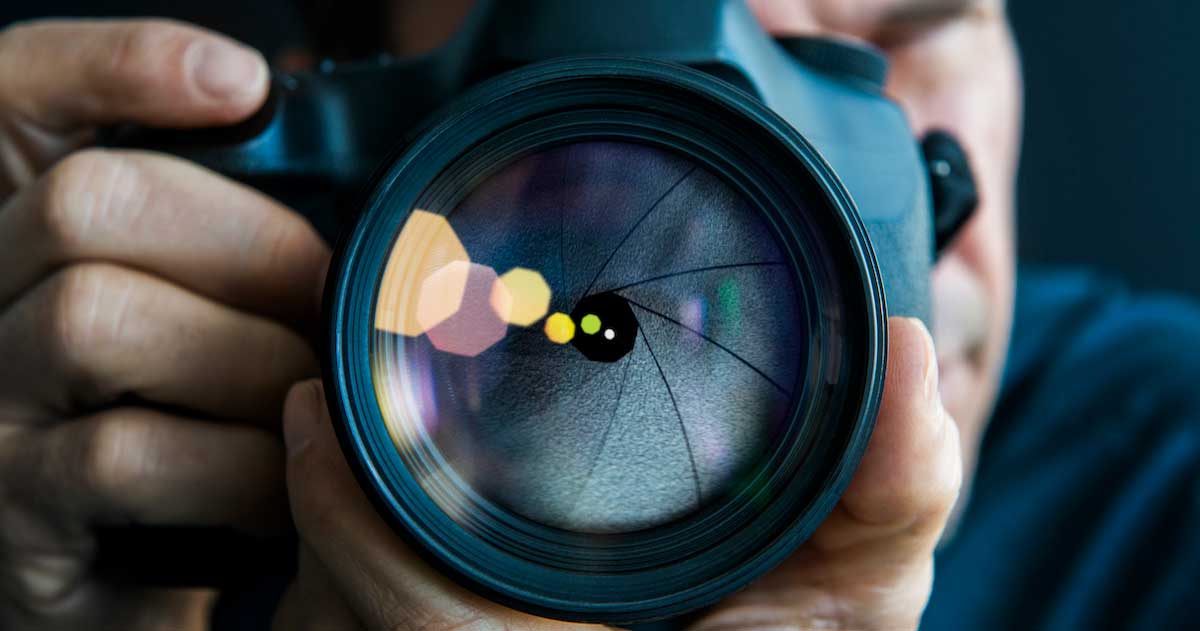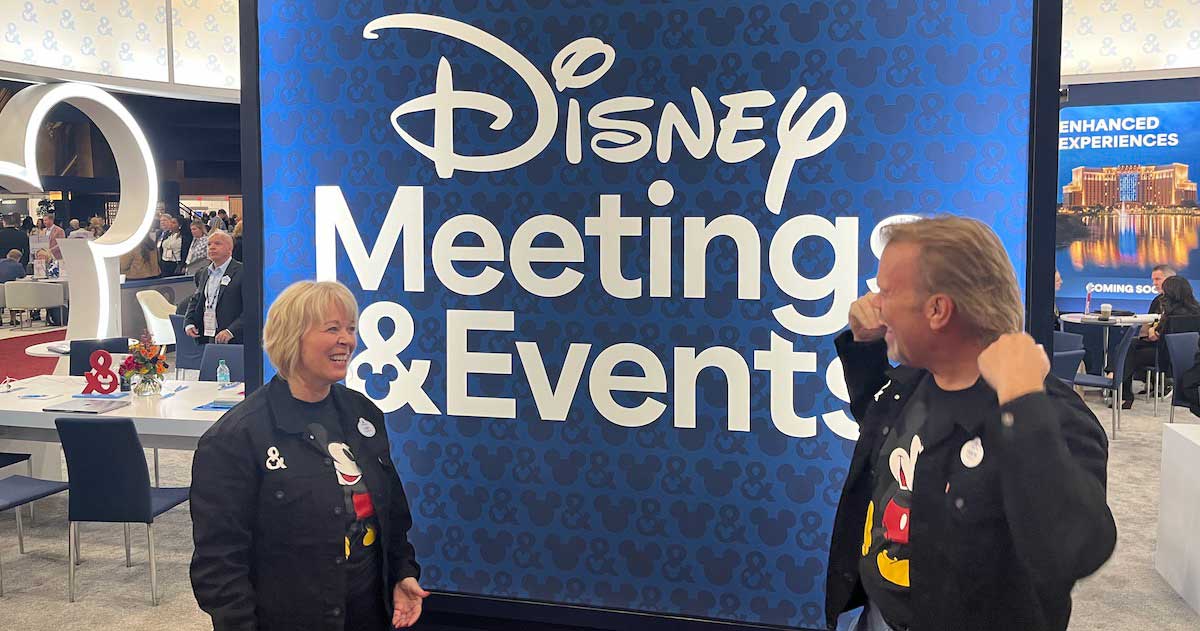Publicity can dramatically change any event, whether a team-building exercise, presentation or quarterly meeting. With media support, corporate training can easily be transformed into a social occasion. A company’s anniversary will become a big celebration for the local business community and a new product presentation will be an important industry event. Media, often called the fourth estate, can be responsible for tens of thousands of people talking about your business.
At ArtNauka, we can say for sure that working with the media is easier than it seems. At the same time, it isn’t obligatory for you to have media friends or “useful acquaintances” in media—you just need to know some important rules. Here are 9 ways to drive media interest for your event.
1. Prepare Your Strategy Before Distribution
Before sending the first press release about an event, consider your overall strategy for working with the media. It is very important to understand which media editors will be interested. If it is a social project or a particularly large-scale project, then the news media will want to write about you. If the project is connected with the internal tasks of the company, influential industry magazines and blogs may be interested. If you know just a couple of suitable media outlets, but need more, then you can use SimilarWeb, which is able to find websites that cover similar subjects (scroll down after searching).
2. Style is Your Everything
Each publication writes in its own style: Some use loud headlines, only publish texts shorter than three paragraphs or insert professional jargon, which can be unclear for a wider audience. You can save an editor’s time by adapting your press release for mass media. It is not necessary to rewrite the text every time, rather make minor edits to get to a couple of versions for different sources. If in doubt, read a couple of the publication’s articles then re-evaluate your text. If it doesn’t feel out of place, send it.
If you need to get close to or make friends with a certain publication or editor, you can get even further. Find a social media profile of the publishing editor. Explore their pages: What do they like or repost? Who are their friends? Where have they been? Make a virtual “portrait” of the person and write to them.
3. Follow the Hierarchy
Generally, the media falls into two categories: mass (tabloid) and professional. The rule of the food chain works for both categories. When sending material to mass media, first write to those with large readerships, then write to smaller ones. If your press release interests larger organizations, then lower-ranked websites and publishers may repost the materials with reference to the original source. You’ll save time and effort, plus secure the trust of the large mass media because uniqueness of the original publication will belong to them.
The situation is slightly different with professional publications. In this case it is important that the information is presented individually to each publication—never send the same text to multiple media outlets. The best way around this is to dispense information to a variety of sources. In one release you can discuss the event’s VIPs or speakers, in another add other event schedule highlights and in yet another, describe an interactive element.
4. Make Plans and Follow Them on Time
You will need to outline the approximate plan of action before sending the first press release about your event to mass media. How many qualitative press releases (containing real information) can you prepare before the event? How often are you planning to send them to the media and to which publications are they going to be sent initially?
Make a schedule of the press releases, list the planned topics and never confuse matters with post-event press releases. The news that dispatched a day or two after an event will have long been “spoiled” and only dilute the newsfeed. Present your story as something hot and actual. Only then will it be interesting to mass media and readers.
5. How Many Emails will Be Enough?
The most important question often occurs after long preparation: How do you write to mass media editorial offices? If you can’t find any individual editor contact details, simply write to a corporate email—this is usually found under “contact us” on the organization’s website. Social networks can also help: Journalists and top bloggers sometimes include their email addresses there.
But please don’t send a press release as a personal message on Facebook or LinkedIn. Public people appreciate their personal space—for work they use email, for chatting with friends and for operational issues they use instant messengers or social networks. Do you like receiving promotional mailings in WhatsApp? At best, the material will be sent to the recycle bin; at worst you will be blacklisted.
6. Forget About Bulk Emails
Learn to write personalized messages to reach journalists and editors, otherwise your messages may be blocked by mail spam filters. Don’t be lazy: Send press releases in separate messages rather than mass mailing 10 addresses. Ideally, it is worth writing personally to leading journalists or editors, addressing them by name in the greeting. If there are no such contacts, it is appropriate to send it to a general editorial email address.
Try to make your letter a little bit different to the hundreds of press releases that editors receive every day. Begin with a personal greeting or a simple explanation as to who you are and why you are reaching out to the publication. It is important that your letter stands out from the general stream and that editorial staff immediately understand that it is an interesting subject worth working on.
7. Don’t Dilute Your Brand with Plugs
A logo on each photo and a long list of partners at the end of a press release can become a stumbling block for publication. Most media clearly separate advertising and editorial content, therefore they will remove info about commercial partners or even ask you to pay to have the news published. But what if you have already promised partners that you will mention them in the publicity materials?
Our advice is simple, make the event interesting for the media, regardless of brands. The more you push the media to mention your partner companies through press releases or at the event itself, the less likely they will be to want to share it. Take an organic approach: Let the catering be so good that visitors and journalists want to know who is responsible for the buffet reception, and let the sponsor provide gifts.
The same rule applies concerning photos with company logos. Even if such photographs are published in the media, “advertising blindness” will affect readers and the logo will remain unnoticed. In this case, bold colors and striking color combinations, simple symbols and fonts will create the strongest identity. Just remember, mobile operators have already discovered this and have created strong brand identities without even mentioning their own name in the branding.
8. Share Backstage
The final photo report or video from an event does not always show the real picture. Go slightly further and show another side of the action: the preparation process, final rehearsal, first guests meeting, etc. Backstage is often perceived as something very personal, because you show what wasn’t seen by active participants at the event. In addition, these shots are valued by trade publications for which off-screen material is more important and more interesting than a traditional multimedia report.
9. Build Relationships
Working with the media is a relationship. Start building that relationship right away. To start, simply show care and a serious attitude: Save an editor’s or journalist’s time by sending prepared and crafted material which corresponds to the style of the publication. Don’t try to include all the info about the event in a single press release. If additional info is needed, they will write or call to get details.
And, of course, keep a database of friendly media, including personal email addresses and phone numbers of editors and journalists that are open to you. They have to be first to receive the details of hot and fresh news about your projects. After all, the one who possesses information rules the world!







